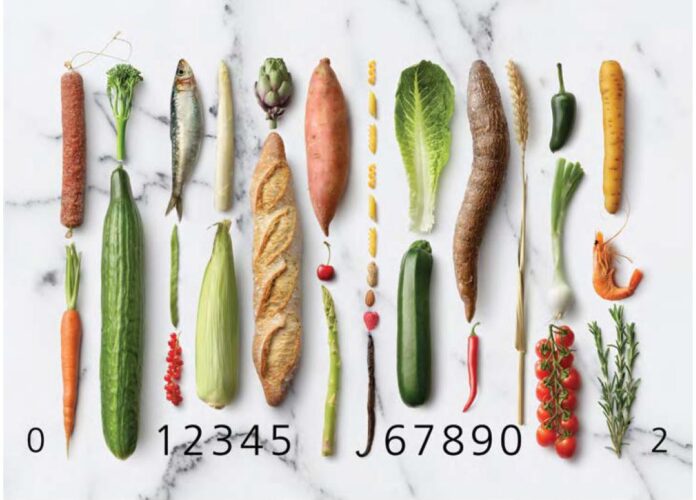Global population growth over the next few decades will force a rethink of the world’s current food system – from planting and harvesting to delivery; from resource management to plant-based meat.
About 2 billion extra people will live on the planet by 2050 – up from just under eight billion today – and global demand for food is expected to increase roughly 60%, according to the United Nations . At the same time, roughly one billion people will enter the middle class.
While growing food sustainably to meet this demand will be one of the greatest challenges we will face, the good news is that we are on the cusp of a new agricultural revolution, says UBS Global Wealth Management Chief Investment Office (CIO) in a special report.
The way we farm, ship, and consume food will be driven by five mega-trends, UBS’ Chief Investment Office says: 1) The political economy under scarcity; 2) the new-age consumer; 3) health and wellness; 4) digital catch-up; and 5) sustainable living.
At the same time, technology should not be viewed as the “enemy” of natural, abundant and affordable food. Raising agricultural productivity, safeguarding environmental health, and satisfying evolving consumer preferences can be achieved by applying new technologies.
Examples: biological solutions with improved environmental safety and completely new approaches that improve yield as well as increase natural plant resistance to diseases and pests; vertical farming, lab-grown food, algae aquaculture, and the components of the Fourth Industrial Revolution (big data, Internet of Things, artificial intelligence) that are being integrated throughout the agriculture supply chain.
Analysis:
This article is an amazing resource on predicting trends in the food systems landscape over the upcoming years. Specifically, the article focuses on the detriments of current food landscapes and then goes on to identify upcoming trends that will most likely shape the future of how we interact with food. This is an incredible resource for understanding potential opportunities for intervention as it illustrates ways in which technology, consumer behavior, sustainability, policy, and health may work to shape our future of food. It is a long PDF that can be downloaded at the source link for its full extent, however, some particular points I found incredibly interesting for further consideration were:
- Bridging the gap between urbanization and consumers wanting to feel closer to their food
- The connection between the production of food with its effects on nutritional value and alleviating chronic health conditions
- The discrepancy of no added health benefits for organic food or conventionally grown food
- The opportunity for application of digital technologies in the agriculture sector is constrained by affordability and intuitiveness for average farmers
- And many others.
This article will be a great resource to use as both a guide and as a source for reference or comparison for any other patterns and/or trends I identify through primary research.
Author: Min Lan Tan, Mark Haefele
Source: https://www.ubs.com/global/en/ubs-society/our-stories/2019/future-of-food.htmlef_id=Cj0KCQjwhb36BRCfARIsAKcXh6FmImBFhC1YrBu3vHdiT72oJuD2au7RjIf9rOSx0_ZDtJZhotAobEaAliEALw_wcB:G:s&s_kwcid=AL!430!3!449416638400!b!!g!!%2Bfuture%20%2Bof%20%2Bfood!10582391889!104077126949




